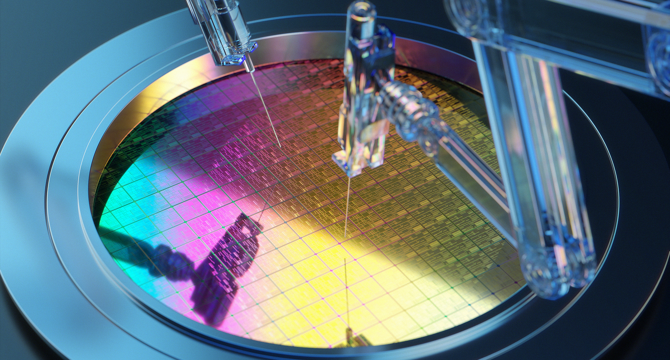Livescience
1M
164

Image Credit: Livescience
What is Moore’s Law and does this decades-old computing prophecy still hold true?
- Moore's Law was formulated by Gordon Moore in 1965 based on the doubling of transistors on a chip annually, with his prediction holding true for many years.
- Initially, Moore predicted 60 thousand components on a chip by 1975, which set the pace for technological advancements in the semiconductor industry.
- Chip designers, notably at Intel, used Moore's Law as a target, leading to innovations like the 4004 microprocessor and subsequent processors following the law.
- Advancements in material science and manufacturing processes played a crucial role in maintaining the progression aligned with Moore's prediction.
- The evolution from planar to FinFET processors revitalized Moore's Law, enabling the packing of billions of transistors on chips.
- The approach of miniaturization faces challenges due to reaching atomic levels, necessitating a shift towards more sophisticated processors with multiple cores.
- While Moore's Law no longer strictly applies in doubling transistor counts every two years, it continues to drive the industry's pursuit of faster, more capable technology.
- The integration of technologies like neural processing units (NPUs) and advancements in AI indicate the evolving landscape beyond Moore's Law.
- Despite the challenges posed by physical limitations, the trajectory set by Moore's Law continues to inspire innovation and progress in the tech sector.
- Companies are leveraging the spirit of Moore's Law to push boundaries and develop cutting-edge technologies, with potential for further breakthroughs in the future.
Read Full Article
9 Likes
For uninterrupted reading, download the app